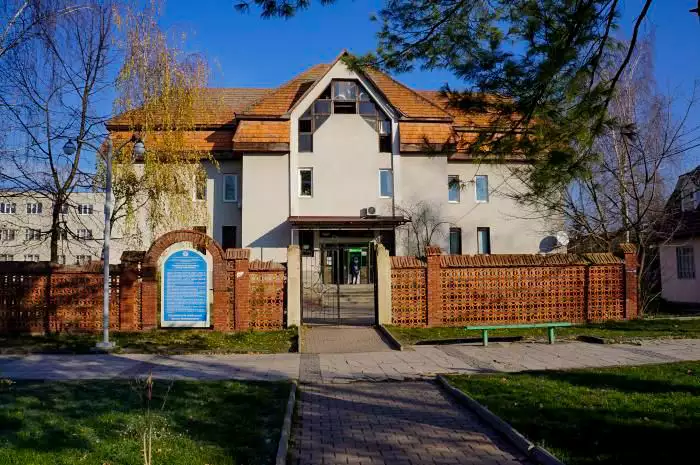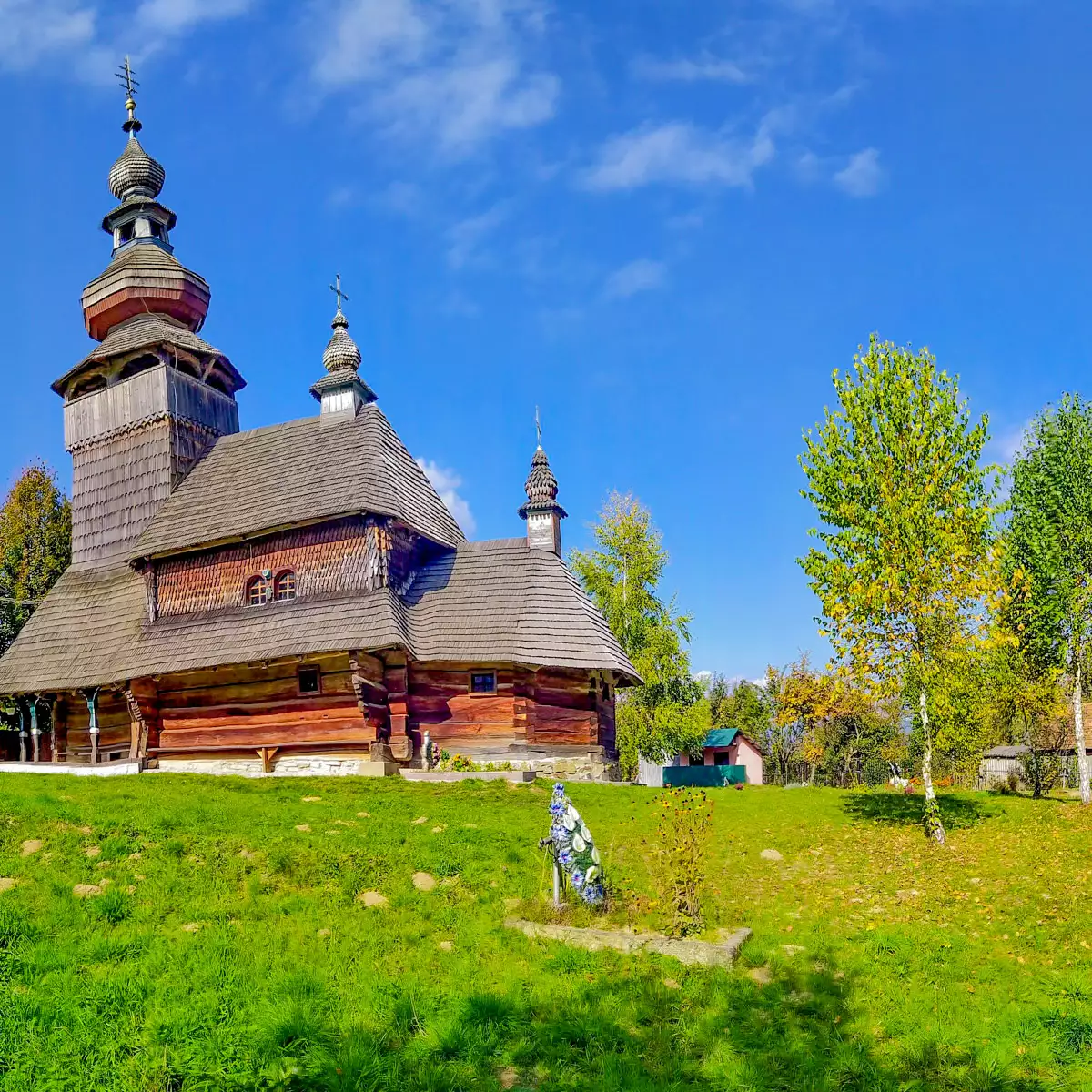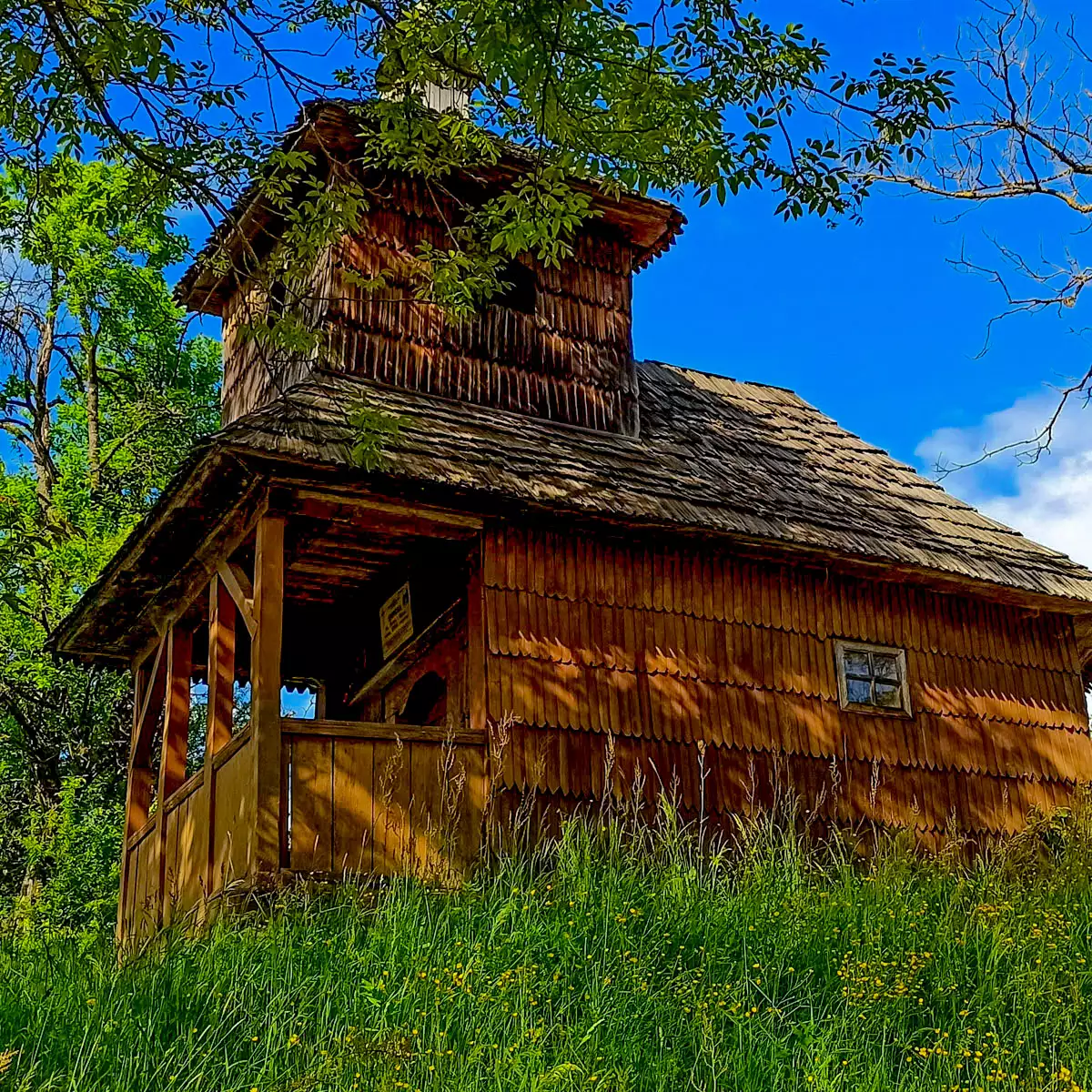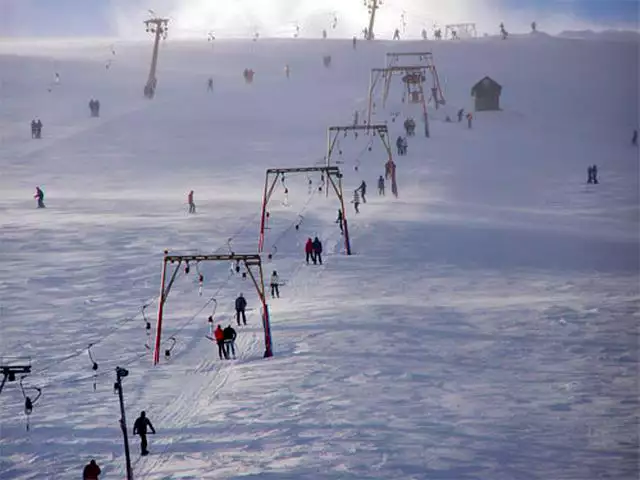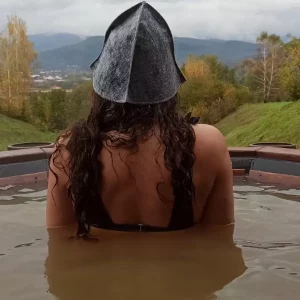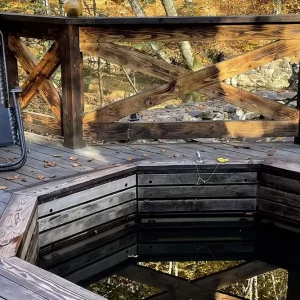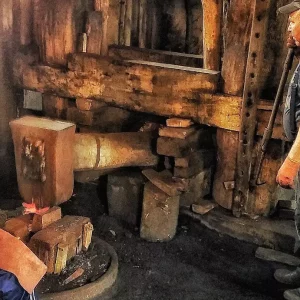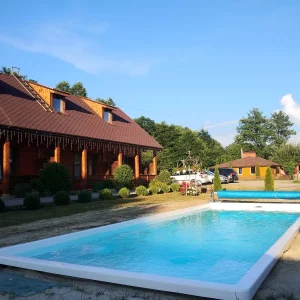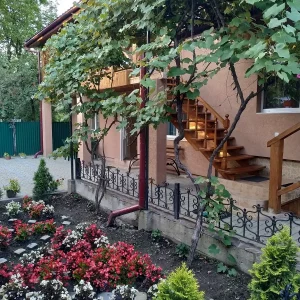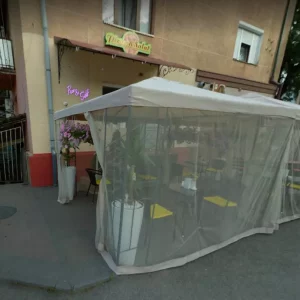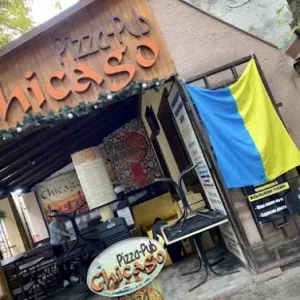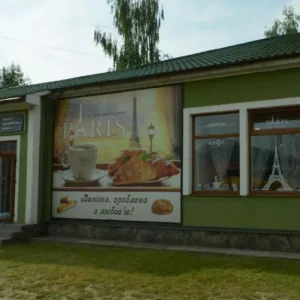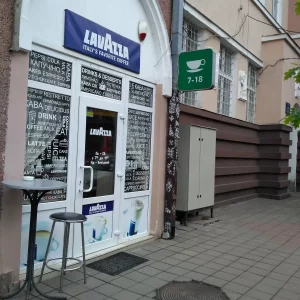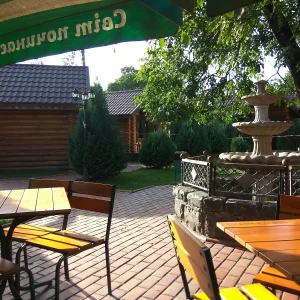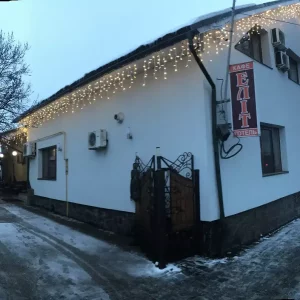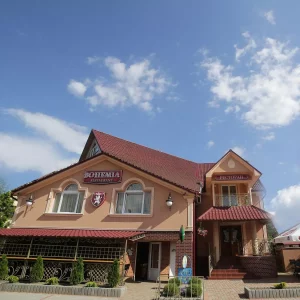The city of Svalyava is located in the picturesque valley of the Latorytsia River. From Uzhgorod It takes 72 kilometres to get here. The population of the city is about 17000 people.
The first written mention of Svalyava dates back to the XII century. Back then, it was a small village that belonged to the feudal lord Bet Betke. Once this town was called Solva, Zoloa – and each of its names comes from the word salt (in Hungarian “solva” means “salt water”). The fact that people have been settling here since ancient times is evidenced by an ancient site found by archaeologists, which is 20-30 thousand years old, and a Neolithic settlement in the Neiva tract. The border between the Kingdom of Hungary and the Principality of Galicia-Volhynia, a “no man’s land”, ran through the Svaliava Basin. There is a hypothesis that fugitive peasants were the first to come to these lands.
During the first centuries of its existence, the owners of Svalyava changed frequently. They included the Grand Duke of Kyiv Mykhailo Vsevolodovych, the Pereni Barons, the Berehovo Zupan Shimon and the Master Aladar. In the 16th century, Svalyava became part of the Principality of Transylvania.
In 1703-1711, Svalyava residents took an active part in the Hungarian national liberation war against Habsburg rule.
Since 1728, Svalyava became the property of the counts of Schönborn. Two lions, the emblem of this noble family, appeared on the city seal and labels of Svalyava mineral water. In 1737-1778 a stone church was built in Svaliava. Since 1790, annual fairs have been held in the city.
In 1887, Svalyava received a railway connection, after which the economic development of the city accelerated significantly.
In October 1914, during the First World War, the city was captured by the Russian troops of General Fesenko for a short period of time. In December 1918, representatives of 30 surrounding villages created the Russian People’s Council in Svalyava, which advocated for accession to Ukraine. A year later, this territory was ceded to Czechoslovakia. To this day, the city school for 700 pupils, built in 1926, is popularly called the Masaryk school (after the name of the Czech president at the time). The Assumption Greek Catholic Church in the city centre, built in 1937 for the needs of the Orthodox community of Svalyava, managed to serve as a warehouse and an art gallery in Soviet times.
Svalyava received the status of a city in 1957. One of the districts of the city has an exotic name “Brazil”. The fact is that at the turn of the XIX-XX centuries, many residents left here for this distant country across the ocean in search of a better life.
In 1972, the actor Rostislav Platt in the role of Pastor Schlag crossed the border on skis near Svalyava. Some episodes of the Soviet blockbuster film Seventeen Moments of Spring were filmed near Svalyava.
During the years of Soviet rule, Svalyava turned from a small provincial town into an industrial centre. In the 1980s, the town was home to a timber and timber chemical plant, the Electron plant, a trade equipment factory, a juice and glassware factory.
Since 1998, a historical museum has been operating in the town (33 Holovna Street), where tourists can learn more about the history of Svalyava.

